The Pteranodon is the most famous genus of pterosaur, the group of prehistoric flying reptiles. These are not dinosaurs, mind you. This animal lived in late Cretaceous North America and was among the largest flying animals of its era. Known for its distinguished toothless beak and crest, Pteranodon became the template image for pterosaurs in popular culture.
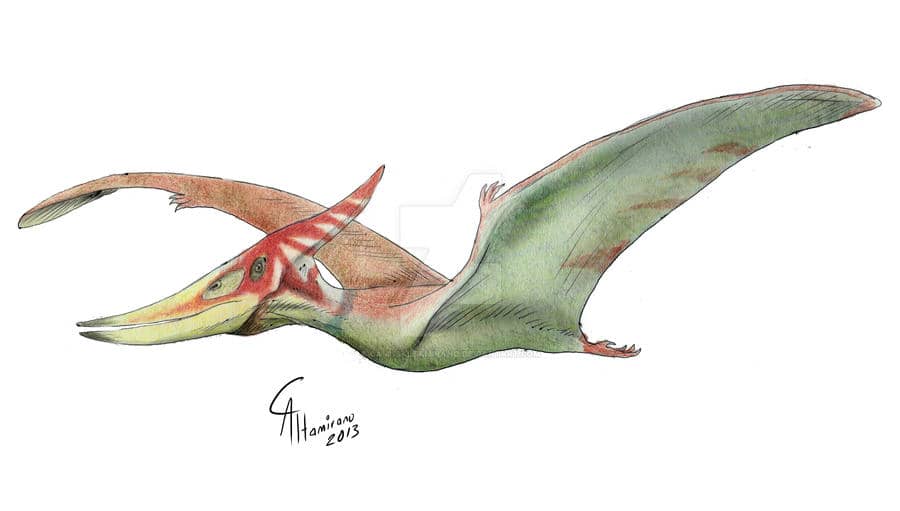
Discovery and Historical Background
Othniel Charles Marsh discovered the first Pteranodon fossils in 1871 in western Kansas, embedded in the Late Cretaceous Smoky Hill Chalk deposits. Marsh mistakenly associated a fish tooth with the pterosaur remains, leading to an early misclassification under the genus Pterodactylus. Later, Marsh realized the mistake and re-named the genus Pteranodon, meaning “Toothless Wing” in 1876.
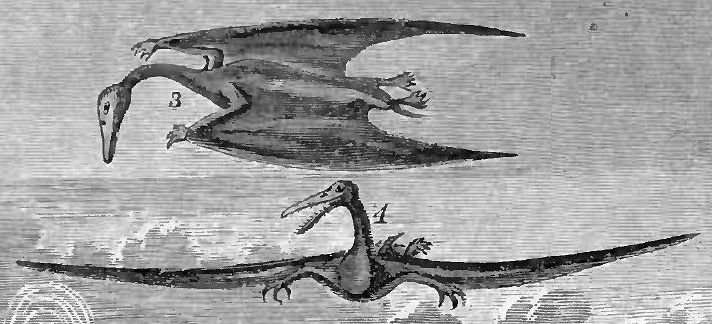
This period was marked by a rivalry with Edward Drinker Cope, another famous paleontologist who also unearthed and named many dinosaurs. Despite initial disputes over naming conventions, Marsh’s terms prevailed. This foundational work established Pteranodon as a key figure in paleontology. Across the years, more than 1,200 Pteranodon specimens have been found, making it the most well-documented pterosaur.
Description and Anatomy
Pteranodon was built to be a ferocious aerial predator. Adult males boasted a wingspan of over six meters, positioning them among the largest flying animals ever. Only the giant azhdarchid pterosaurs are larger. This wingspan is supported by strong, elongated bones, particularly adapted for flight. The fusion of certain vertebrae into a rod provided additional support and stability to the shoulder girdle. Furthermore, the lightweight bones and small body compared to the wingspan reveal adaptations for a life spent largely in flight.
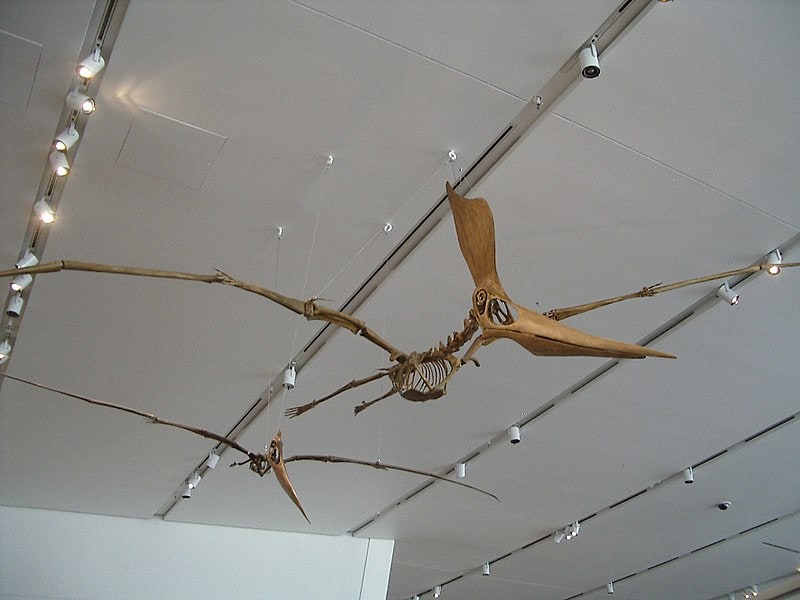
Pteranodon’s long, pointed beak lacked teeth, unlike earlier pterosaurs. This adaptation is consistent with a diet predominantly consisting of fish. Pteranodon supposedly skimmed the ocean surface or even dived for its prey. It could have even taken off from water surfaces, judging by its limb structure. Another notable feature of Pteranodon is its distinct cranial crest, which varied significantly between individuals, particularly along gender lines. Males displayed large, backward, or upward-projecting crests, while females and juveniles typically had smaller or no crests at all.
Lifestyle and Behavior
Pteranodon’s adaptations point to a mostly airborne lifestyle. The ancient reptile utilized dynamic soaring techniques, similar to those of modern seabirds, to efficiently cover large distances in search of food. Its long, narrow wings were ideal for gliding over the open waters, minimizing energy expenditure during flight.
Evidence suggests that Pteranodon had a rich social life, possibly congregating in colonies of nesting sites on the seaway’s shores or islands. While direct evidence of such behavior is limited, numerous individuals in specific fossil sites hint at a gregarious lifestyle. The impressive wingspan and distinctive cranial crests might have also served as communication signals to potential mates or rivals.
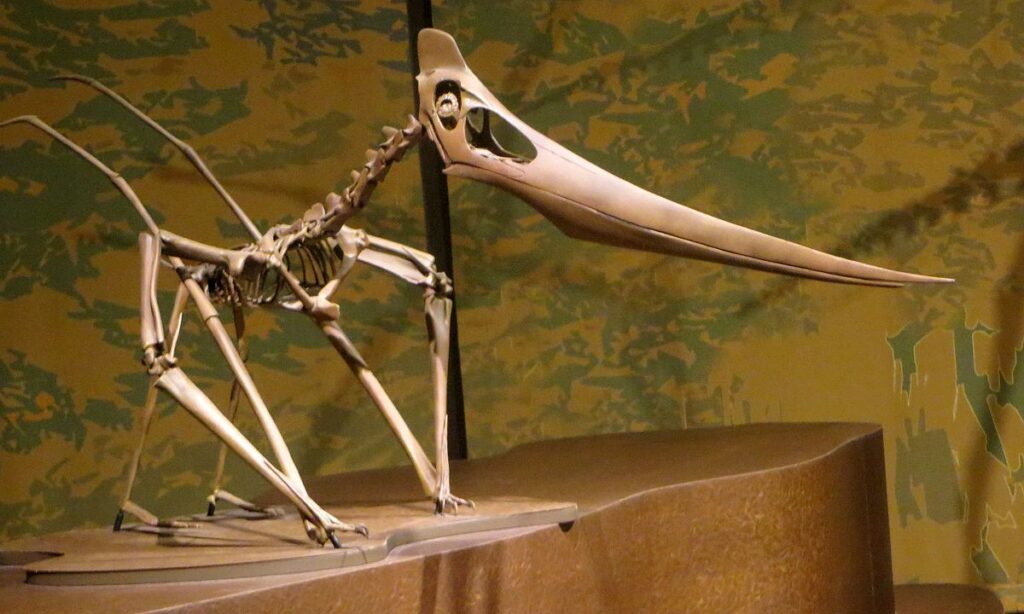
While Pteranodon was a master of flight, on land is stumbled. The consensus is that, like other pterosaurs, Pteranodon was quadrupedal when on the ground, walking on all fours with its wings folded. Its activities on land were likely limited to nesting and foraging.
Pteranodon’s Flight Capabilities
Pteranodon was a remarkable flier, leveraging its large wingspan of up to seven meters for efficient soaring. Its wing structure was similar to modern albatrosses, allowing the ancient reptile to perform dynamic long-distance soaring over the open ocean. The high aspect ratio of its wings (wide wingspan relative to wing width) was optimized for endurance flying rather than rapid flapping.
Researchers believe Pteranodon used updrafts along coastlines and thermals above land to gain altitude efficiently. Its lightweight skeletal frame made its aerial prowess even better. The aerodynamic design of its wings facilitated both gliding and maneuverability, crucial for hunting fish and navigating through varied air currents.

Pteranodon’s launch technique was also sophisticated. It likely took off by facing into the wind and using a strong leap, powered by its hind legs and wings. This initial burst allowed it to become airborne, where it could then transition to gliding and soaring flight.
Paleoecology
During the late Cretaceous period, a vast body of water known as the Western Interior Seaway split the continent of North America in two. This seaway provided a rich marine habitat teeming with diverse life forms, from small fish and invertebrates to large marine reptiles and early birds. The environment of the Western Interior Seaway featured warm, shallow waters, which were ideal for Pteranodon.
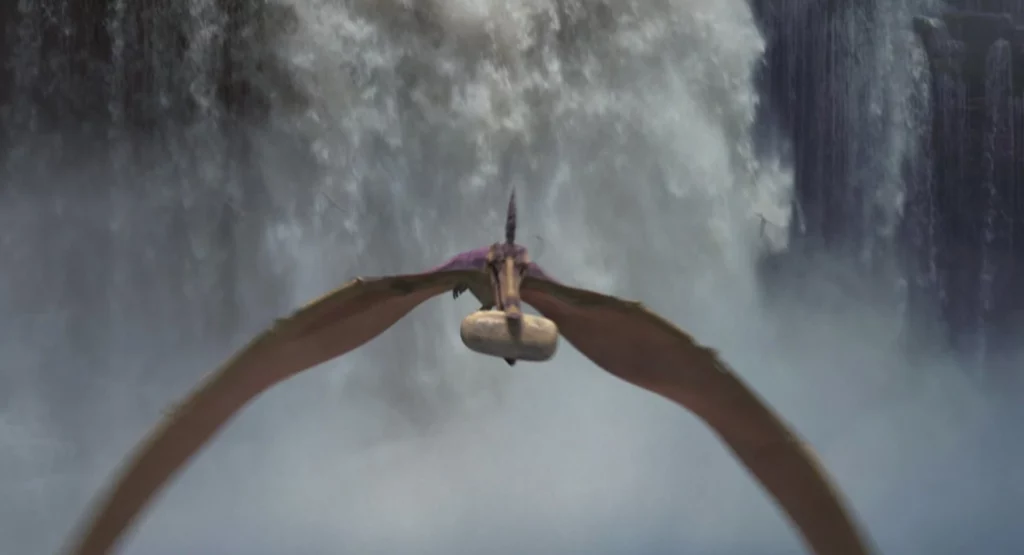
Fossils suggest that Pteranodon was not the only pterosaur species inhabiting this region, but it was among the most numerous. Its success could be attributed to specialized adaptations for soaring flight and piscivory. The presence of other large predators, such as mosasaurs and plesiosaurs, suggests that Pteranodon was sometimes the victim of predators.
Classification and Evolution
Pteranodon was a key character in the evolutionary history of pterosaurs. It belongs to the Pterosauria clade, within the family Pteranodontidae. What sets apart Pteranodon from other pterosaurs are its wing-to-body ratio, toothless beak, and the iconic cranial crest.
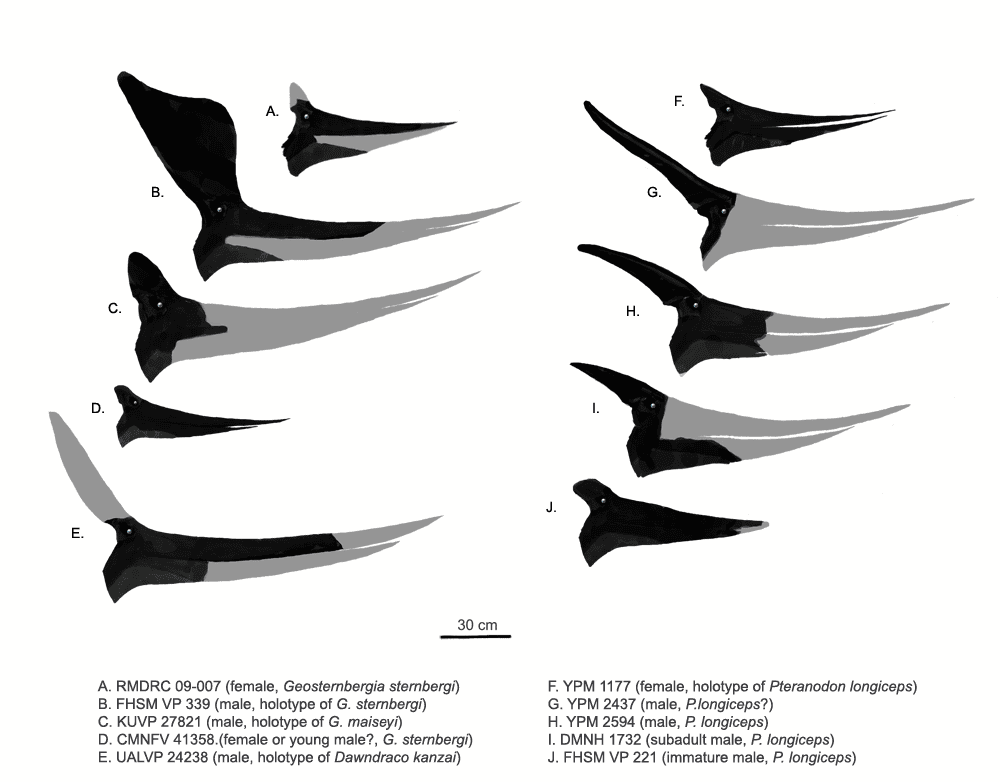
Excavations have identified over 1,200 specimens but also blurred the lines of its classification. Over time, various taxa initially classified as Pteranodon species based on fragmentary remains have been reevaluated. For example, specimens once attributed to Pteranodon due to similar morphological features have been reassigned to distinct genera like Geosternbergia and Dawndraco. Differences in skull and crest structures, once overlooked, are now considered essential in drawing the phylogenetic tree.
Pteranodon in Popular Culture
Pteranodon is heavily featured in popular culture. Its striking appearance has made it one of the most recognizable pterosaurs. However, artistic movies, shows, and even popular science documentaries often make inaccurate claims for dramatic effect.
The Jurassic Park series features Pteranodon in several films within the franchise, most notably in “Jurassic Park III”. The creatures are depicted living on Isla Sorna and attack the main characters when they accidentally enter their large aviary. Coming back for more screen time, flocks of Pteranodon, among other pterosaurs, start snatching and attacking visitors at the new park in “Jurassic World” once the Indominus breaks into their aviary and sets them free.
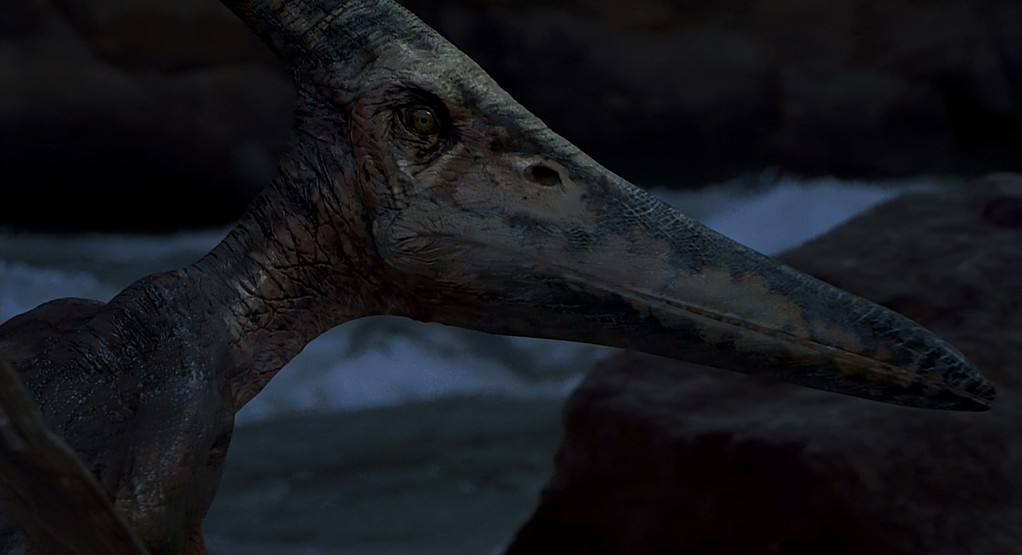
Disney’s 2000 movie “Dinosaur” showcased a Pteranodon picking up the main protagonist’s egg and flying with it across stunning Cretaceous landscapes. This Pteranodon was named “Flia” in the movie’s subsequent video game with the same title.
Speaking of video games, in ARK: Survival Evolved players can encounter Pteranodons in the wild, tame them, and use them as flying mounts. The game emphasizes the creature’s agility and speed in the air.
One of the main characters in “The Land Before Time” animated series is Petrie, a young Pteranodon. They are referred to as “Flyers” and are recurring characters throughout the series.


